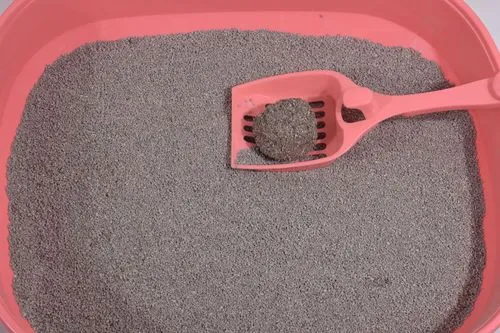
glass beads
The Enchantment of Glass Beads A Journey Through History and Artistry
Glass beads have captivated the imagination of cultures around the world for thousands of years. Their mesmerizing colors, intricate designs, and tactile qualities have made them not just decorative objects, but also powerful symbols of identity, trade, and artistry. From ancient traditions to contemporary fashion, glass beads tell a compelling story of human creativity and cultural significance.
The history of glass beads dates back to ancient times, with archaeological evidence suggesting their existence as far as 1400 B.C. in Mesopotamia. The earliest glass beads were handcrafted, often produced by winding molten glass around a core or casting it in molds. Techniques evolved over centuries, allowing artisans to create an array of shapes, colors, and sizes. These beads became integral components of jewelry, ceremonial attire, and even currency. In many cultures, beads were believed to hold protective qualities or to serve as talismans.
As glass-making techniques advanced, bead-making flourished in various regions. The Romans were particularly skilled in crafting glass beads, which they used extensively in trade. By the time the Silk Road emerged, glass beads became highly sought-after commodities, traveling from the Mediterranean to Asia and Africa. In fact, we can trace the lineage of many bead styles back to these early trade routes, showcasing the interconnectedness of cultures through the exchange of goods and ideas.
In Africa, glass beads have played a vital role in social and cultural settings. The trade in glass beads in West Africa, for instance, has a rich history that intertwines with local customs. Beads were often used to signify social status, tell stories, and even mark significant life events such as birth, marriage, and death. The vibrant colors and patterns of African beads are not merely ornamental; they are imbued with meaning, often representing the wearer’s heritage and community.
glass beads

In the modern era, glass beads have not lost their allure. Contemporary artisans continue to experiment with traditional techniques and new technologies, pushing the boundaries of bead-making. There are now countless styles of glass beads, from the intricate Murano beads of Italy to the playful and whimsical designs found in bead shops around the world. Craft fairs and online marketplaces have made it easier for independent artists to reach audiences, transforming glass bead art into a flourishing global community.
The versatility of glass beads extends beyond jewelry. They are used in a wide array of applications, from decorative home accents to artistic installations. In the realm of fashion, designers often incorporate glass beads into their collections, using them to add texture and visual interest to garments and accessories. The tactile nature of glass beads also invites interaction; whether they are strung into necklaces or sewn onto fabric, they enhance the sensory experience of wearing art.
Moreover, glass beads have found their way into therapeutic practices. Beadwork is often used as a form of mindful meditation, allowing individuals to focus on the repetitive motions and the colorful materials in their hands. This process can foster a sense of calm and creativity, making beadwork a popular activity in both community settings and individual practices.
In essence, glass beads are not just beautiful objects; they are vessels of culture, history, and personal expression. Each bead carries the imprint of its maker and the story of its journey through time and space. As we admire the glass beads that adorn our jewelry boxes, we are reminded of the rich tapestry of humanity, woven together through creativity and shared experiences. The fascination with glass beads continues, inspiring new generations to create, connect, and celebrate the beauty of this ancient art form. Whether through making, wearing, or simply appreciating glass beads, we engage with a part of our collective heritage that transcends borders and unites us all.
Share
-
Premium Resin Coated Sand - High Heat Resistance CastingNewsJul.31,2025
-
High Quality Silicon Carbide Grit for Abrasive ApplicationsNewsJul.30,2025
-
High-Quality Ceramsite for Plants & Gardening | Lightweight PebblesNewsJul.29,2025
-
Premium Burgundy Glass Marbles for Vases & Shooter GamesNewsJul.29,2025
-
High Purity Quartz Sand for Industrial and Ground ApplicationsNewsJul.29,2025
-
High-Quality Barite Powder for Drilling & Industrial UseNewsJul.29,2025






